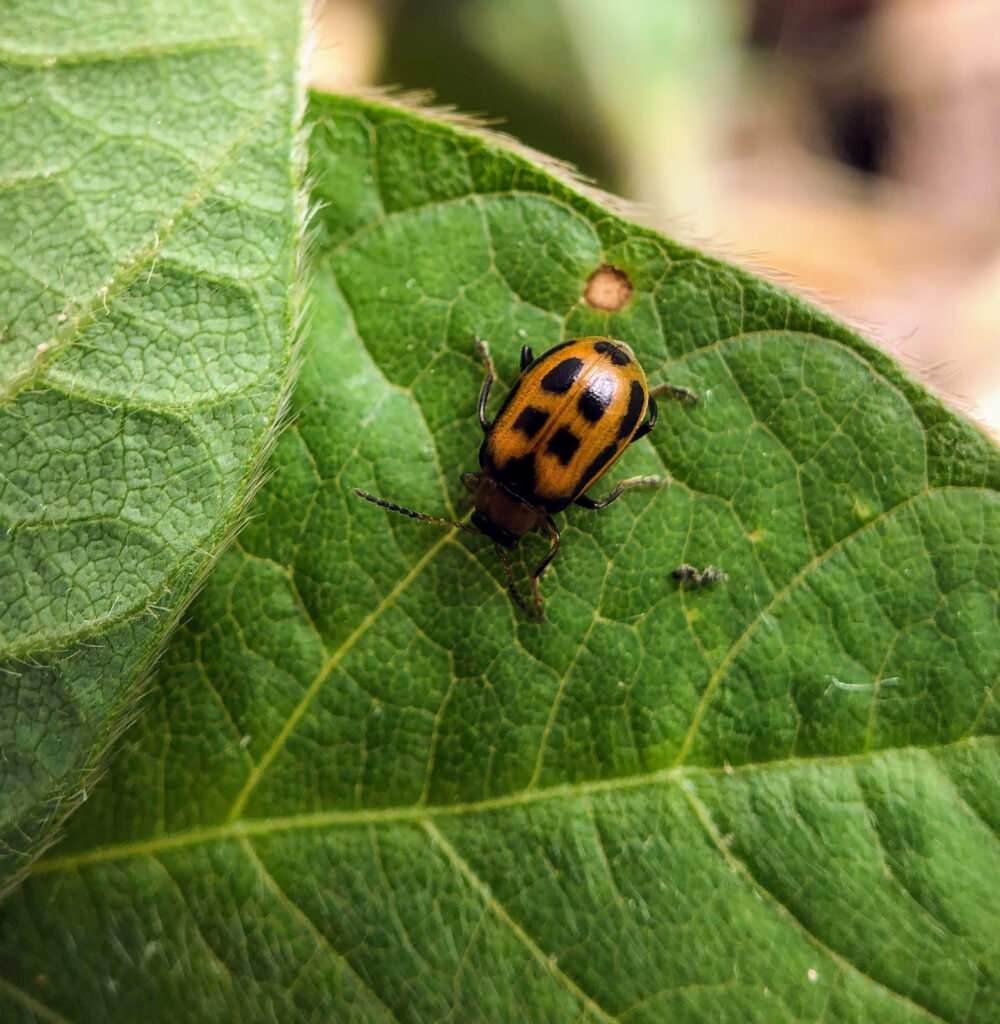Have you ever wondered about your return on investment from an insecticide seed treatment or foliar insecticide application? Insect control mechanisms such as these are commonplace in Illinois agriculture, but under what conditions is an actual return on investment received from these products? Dr. Nick Seiter, Assistant Professor and Field Crops Entomologist at University of Illinois, is leading a new Illinois Soybean Association checkoff funded research project looking to provide answers to this question and more.
While this research will be conducted at four university research farms, Seiter is also seeking four farmer cooperators around the state to conduct trials on-farm using the farmer’s preferred preventative insect control regime compared to an untreated control. Examples of this research on your farm could be:
- Comparing seed treated with insecticide to untreated seed (using the same soybean variety)
- Comparing a foliar insecticide application to no foliar application (using either all treated or all untreated seed, depending on your preference)
The farmer is responsible for planting the field. Each treatment will be replicated three or four times in the field, totaling six or eight plots (plot size will be flexible depending on the equipment capabilities of the farm, but minimum plot size will be 20 ft x 150 ft). The researcher anticipates using around 1 acre of the field for this experiment.
Other considerations for the on-farm locations include:
- The farmer may choose to have the insect control regime applied on the experiment by a commercial service or by using their own equipment. Seiter explains, “The commercial service we are talking about would be a drone and we would cover the cost of application on the experimental plots within the field. If the farmer wanted to use the custom applicator they normally use and just leave untreated strips in the field for the control, that is also acceptable, though we could not cover that cost.”
- If the farmer typically sprays their own insecticide and fungicide mix, Seiter can work with them to adjust the study accordingly.
- Researchers will be present at the field every other week throughout the growing season for insect pest population assessments.
- The combine must have a calibrated yield monitor for accurate yield assessment in each plot.
- Participating farmers will receive a report detailing seasonal pest populations on their farm, as well as the return on investment for their chosen insect control tactic.
“By working with Illinois soybean farmers, we can ensure that the controls we are evaluating are relevant to their personal operations, as well as increase the geographic footprint of this project,” says Seiter. “We’re willing to be flexible to work with what a farmer wants to do in this study.”
If you have any interest in working with Dr. Seiter on this research study in 2024, contact him directly at nseiter@illinois.edu or 812-593-4317. He is happy to answer any questions you may have about how this research study could be implemented on your farm.



 and then
and then